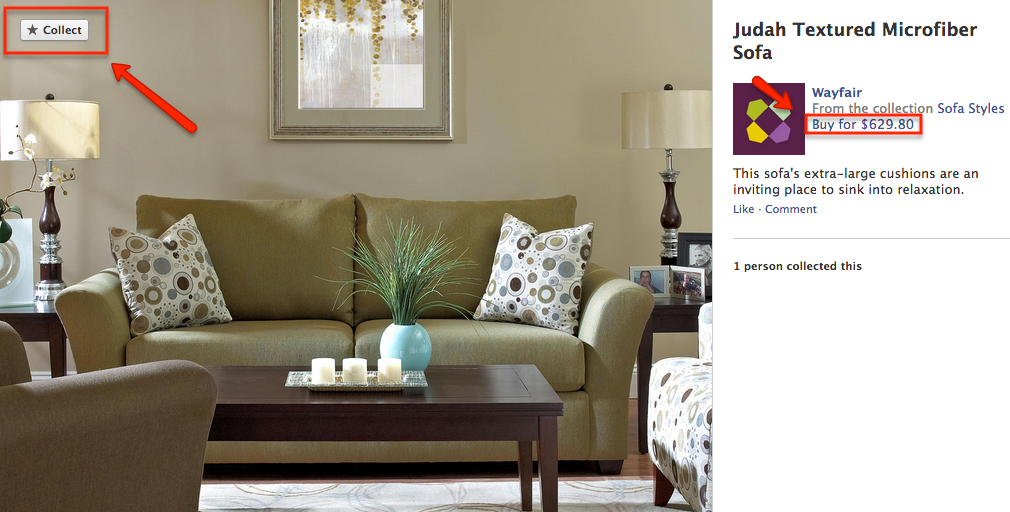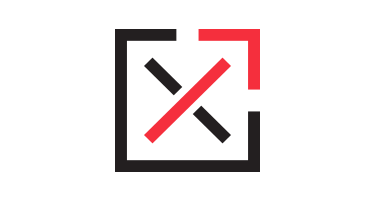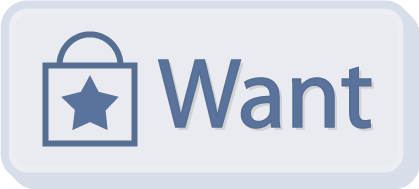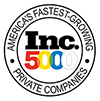Facebook is taking it’s “like” feature to a new level with the addition of a “want” and a “collect” button.
The new products feature called “collections” is a much anticipated addition to the social network. Since Facebook revealed Timeline at the F8 Conference in 2011, there has been much speculation that Facebook would expand upon the “like” feature for brand pages. Over a year later, we are finally seeing this happen.
What are Facebook collections?
Collections currently includes three features: like, want, and collect.
Up until now, Facebook users could only show interest in a post by liking or sharing. However, these features were not very specific. A like could mean that they like what the post says, they want the product in the post, or they own the product and like it.
As Facebook describes it, “wanting” would add the product to a virtual wish list that would appear on the user’s timeline, and “collecting” would signify that the user is in the process of collecting the items.

A screenshot from one of Wayfair’s Facebook collections show the option to “collect” the product in the upper left corner as well as a link to buy the product on the right side.
Products shared with collections will also have a link allowing users to buy the products on the brand’s web store. This could lead to an eventual push into ecommerce considering Facebook is currently losing money after going public.
At this time, these features are can only be used on Facebook and are not available offsite as social plug-ins.
Who can use Facebook collections?
Collections is currently in a test phase. As of Monday, Facebook had rolled it out to 7 companies including Pottery Barn, Wayfair, Victoria’s Secret, Michael Kors, Neiman Marcus, Smith Optics, and Fab.com.
Though there is no set release date, Facebook says Collections will eventually be available to all brand pages.
How will Facebook Connections affect brand pages?
Facebook connections could be huge for brand pages, especially ecommerce brands.
One of the biggest negatives about Facebook advertising is that people on Facebook aren’t in the “ready-to-buy” phase of purchasing. Facebook is great for reminding potential customers of products and keeping your brand top of mind, but it rarely leads to direct purchases.
However, if users could flag specific products they are interested in, brands could better narrow down those fans who are most likely to purchase now. They could better target their advertising, offer deals on those products, and ultimately make more direct sales from Facebook.
How do you think Facebook Collections will affect brand pages? Let us know in the comments!



